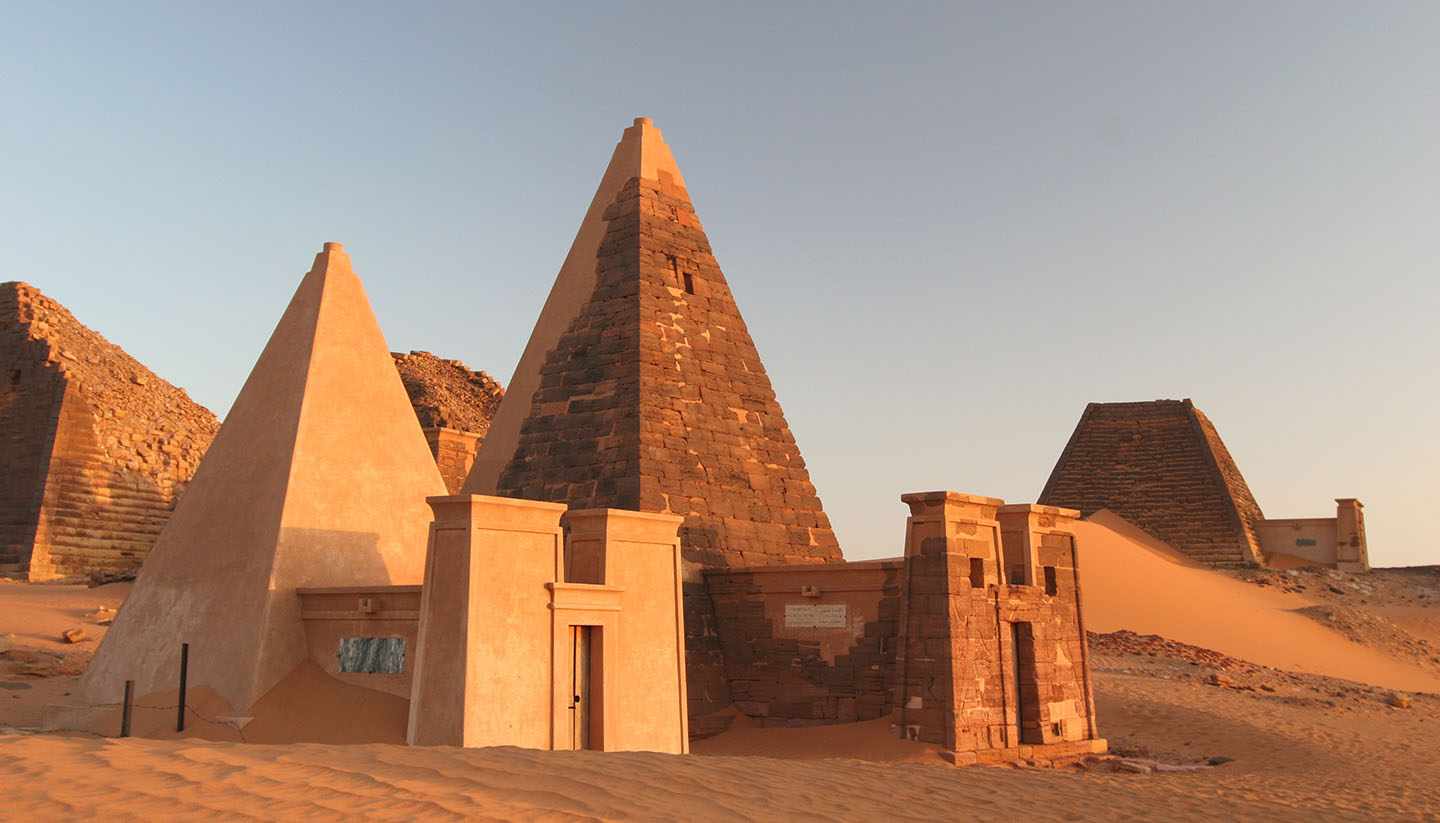Getting Around Sudan
Air
Sudan Airways (www.sudanair.com) runs services to several airports, including El Obeid, Kasala and Port Sudan. The most reliable route is Port Sudan to Khartoum.
Road
Side of the road
RightRoad Quality
Only major roads are asphalted. Road conditions are poor outside towns, roads to the north are often closed during the rainy season (July to September) and street lights are non-existent. Owing to the bad conditions, you should carry a full set of spare parts for long journeys. Vehicles must be in good working condition.
Car Hire
Available in the main towns and at major hotels but charges are high. It’s usual to hire a driver with the car.
Taxi
You can find taxis at ranks or hail them in the street. Taxis are not metered; you must agree fares in advance.
Coach
In recent years Sudan’s network of paved roads has increased enormously, making bus (and minibus) the easiest way to travel. Asphalt highway now stretches from Khartoum all the way to Wadi Halfa in the north, Port Sudan in the east, and the Ethiopian border.
Regulations
The minimum driving age is 18. Speed limits are 130kph (81mph) on motorways, 110kph (62mph) on highways, 50kph (31mph) in built-up areas and 90kph (50mph) outside built-up areas. Heavy fines are imposed for speeding. It is compulsory for front and rear passengers to wear seat belts. It is illegal to use a handheld mobile telephone while driving. Headlights should be turned on at all times.
Documentation
A Carnet de Passage, adequate finance and roadworthiness certificate (from the embassy) are all needed. An International Driving Permit is recommended, although not legally required. A temporary driving licence is available from local police on presentation of a valid national driving licence, for a maximum period of three months. Women are allowed to drive in Sudan.
Urban travel
Private bakassi minibuses (nicknamed boksi) ply the streets of Khartoum and major towns. They pick up and set down with no fixed stops. These operations are on the fringes of legality and should be used with care.
Rail
Sudan has an extensive rail network (5,500km/3,418 miles) but the service is in bad repair, extremely slow and uncomfortable. The only remaining service is the Khartoum-Wadi Halfa train. Travelling first class is advisable; second- and third-class compartments can get very crowded.
Water
River steamers serve all towns on the Nile but conditions are mostly unsuitable for tourist travel. Services depend on fluctuating water levels. It's wise to take food and water. Destinations include Dongola, Karima and Kosti.


